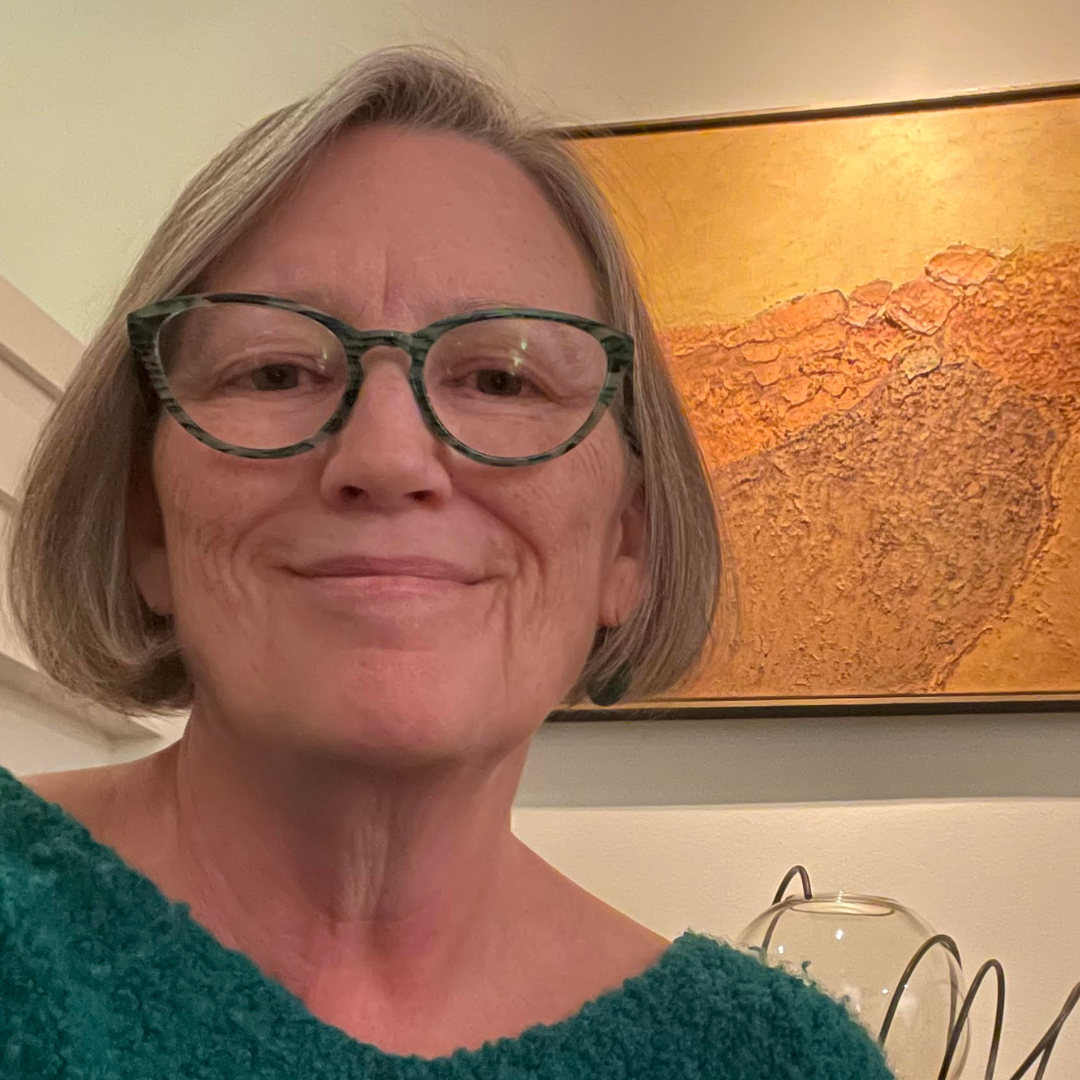Church Anew Blog
Get Updates in Your Inbox
Want to stay up-to-date with the Church Anew Blog? Sign up for our weekly blog round-up.
To the World We Dream About
Hope, in [Advent], is located in the sense of seeing with greater clarity God’s interaction with creation both now and in the days to come.
Wait and See Days
What were they waiting to see? [...] Biblical mandates bring us to life, full life. In full life, we can’t not work for the collective good through the giving of tangible and intangible gifts.
Chopsticks and Leviticus
Righteousness, holiness or right living in Leviticus 19 was determined by the sharing of resources as a community, or collective identity.
My Aunt’s Blessing
Who has spoken words over your body?
What words were used to bless?
What words were used to hurt?
Stewardship of Places We Don’t Go
Erin Weber-Johnson writes about how to delve into the past and love versions of ourselves we would rather forget.
The Sacred Ordinary: Sola Gratia (By Grace Alone)
Julie Champ shares her experience with recovering from cancer and what she learned about God's infinite grace.
A Prayer for our Bodies This Election Cycle
Erin Weber-Johnson gives us a prayer for retaining a spirit of love in the face of political controversy and indignation.
The Hidden Secret of Winter Trees
In order to grasp this great truth, the first thing we need to do is to get off our human high horse. We aren’t all that, especially when you compare us to the world of trees.
Making 100 TikToks as Ministry
It’s remarkable how many transformative words stay locked within the walls of our churches. Our messages are beautiful, life-changing, and somehow secret. Our ideas are available only to those who know our addresses and trust us enough to step inside.
Questions have Wings
As we enter 2024, there is deep apprehension and fear about the pending presidential election this fall in the United States. How do we stay connected to our faith in such anxiety ridden times?
EXPLORE OUR ARCHIVE OF ARTICLES FROM
Walter Brueggemann
Get Updates in Your Inbox
Want to stay up-to-date with the Church Anew Blog? Sign up for our weekly blog round-up.







